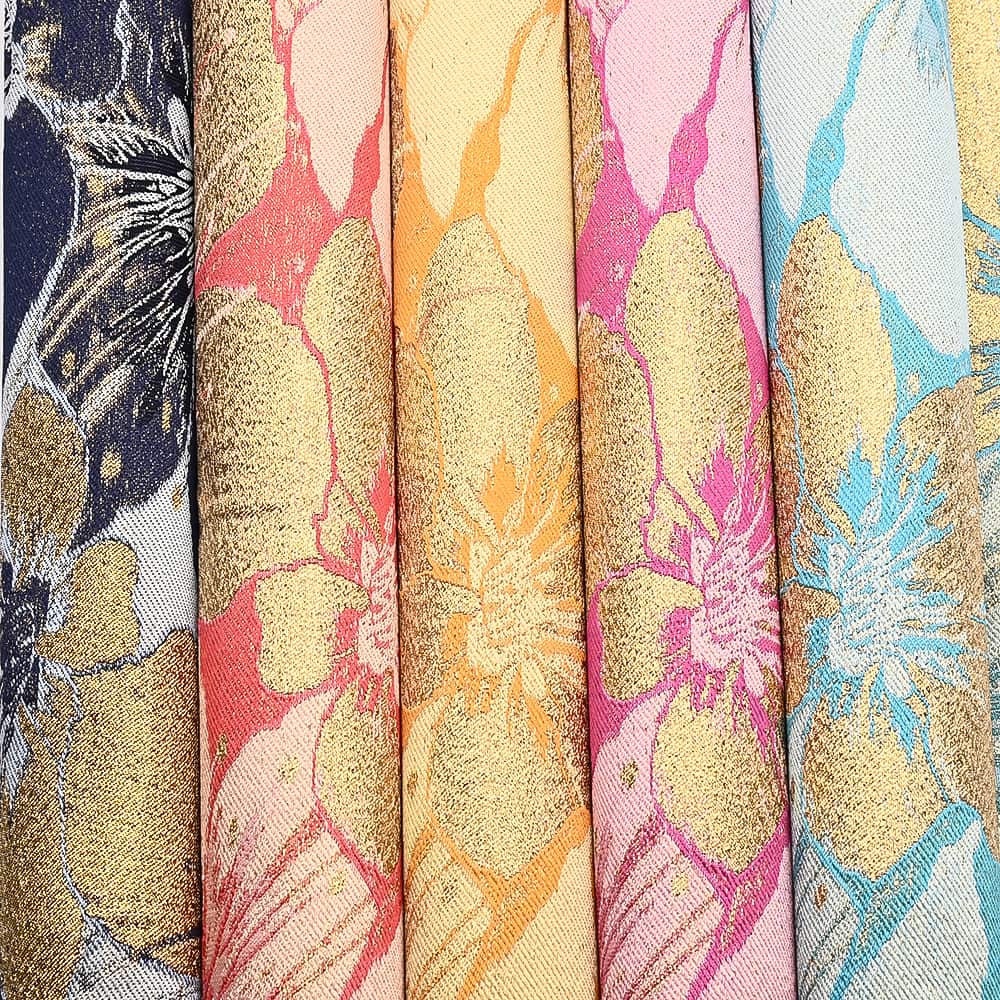
Unraveling the Fabric Sourcing Mystery: A Comprehensive Guide to Sourcing Fabric from China
The Importance of Sourcing Fabric from China
Sourcing fabric from China is a popular option for many businesses in the textile industry. There are several reasons why this is the case. First and foremost, China is the largest textiles exporter in the world, with a vast network of factories that produce a wide range of fabrics and materials.
This means that businesses have access to a diverse range of options when it comes to sourcing fabrics, which can be compared in terms of quality and price. Another reason why sourcing fabric from China is important is that it allows businesses to benefit from economies of scale.
China’s manufacturing sector has grown rapidly over the past few decades, which has resulted in a highly efficient supply chain that can produce high volumes of goods at low costs. This means that businesses can often obtain high-quality fabrics at more affordable prices than they would be able to if they sourced them from other countries.
Why China is a Popular Destination for Fabric Sourcing
China's long history as an exporting nation has made it a popular destination for fabric sourcing. Over time, its manufacturing capabilities have become more sophisticated, resulting in an increasingly diverse array of products being available for export. One particular advantage that Chinese textile manufacturers offer is access to skilled labor and advanced technology.
Many factories in China are equipped with state-of-the-art machinery and utilize advanced production techniques to create high-quality fabrics at competitive prices. In addition to these advantages, the Chinese government has implemented policies designed to support its textile industry's growth.
This includes incentives for foreign investment, such as tax breaks and subsidies for companies that set up operations in certain regions. All these factors combined make China an incredibly attractive destination for businesses seeking high-quality fabrics at cost-effective prices.
Researching Potential Suppliers
Tips on how to find reliable suppliers in China
When it comes to finding reliable suppliers in China, there are a few things you should keep in mind. First, look for suppliers that specialize in the type of fabric you need.
Secondly, consider the number of years the supplier has been in business, and whether they have a good track record with other clients. Check out online reviews and ask for references from other companies that have successfully sourced fabrics from China.
Online platforms and directories to use for research
There are many online platforms and directories available that can help you research potential suppliers in China. Alibaba is one of the most popular sites for finding Chinese manufacturers and suppliers. Other options include Global Sources, Made-in-China.com, HKTDC (Hong Kong Trade Development Council), DHgate.com, and many more.
These websites allow you to search by product category or keyword to find the right suppliers for your needs. Once you've found some potential candidates, be sure to review their company profiles thoroughly before moving forward with any communication or negotiations.
Communication with Suppliers
How to effectively communicate with potential suppliers
When it comes to sourcing fabric from China, effective communication is key. It's important to establish a positive working relationship with your potential supplier right from the start. One of the most critical things to do is to ensure that both parties understand each other clearly.
This can sometimes be challenging when there are language barriers or cultural differences at play. As such, it's important that you take a proactive approach to communication and ensure that your intentions are clearly expressed.
Key questions to ask during initial contact
Before ordering any fabric from a Chinese supplier, it’s essential that you obtain as much information about the fabric and the supplier as possible. Some of the key questions you should ask your potential supplier include:
-
What type of fabric do they specialize in?
-
What is their MOQ (Minimum Order Quantity)?
-
What is their lead time for production and delivery?
-
What are their payment terms?
-
Do they have any required certifications or testing reports for their products?
-
Can they provide references from past clients?
By asking these questions upfront, you can gain a better understanding of what you can expect from your prospective supplier if you decide to move forward with them. Moreover, this will help minimize risks associated with sourcing fabric from China such as quality control concerns or misunderstandings that may arise later on in the process.
Sample Requests and Evaluation
Before placing an order with a Chinese supplier, it's important to request samples to ensure the quality of the fabric meets your expectations. Samples can give you an idea of the texture, color, weight, and overall quality of the fabric.
Importance of requesting samples before placing an order
Requesting samples should be a mandatory step before placing any large orders with a Chinese supplier. It's essential that you know what you're getting and avoid any potential problems down the line.
By requesting samples, you can check for color accuracy, feel the texture and test for durability. Additionally, it helps you judge how well-suited is this particular supplier to your business.
Criteria for evaluating sample quality
Evaluating sample quality is crucial to determine if it meets your needs. Some criteria for evaluating sample quality include:
-
Color accuracy: the color of the sample should match what was agreed upon in previous communication.
-
Fabric Quality:the fabric needs to feel strong and durable enough to withstand regular use without being too scratchy or rough on skin.
-
Weave strength:the weave should be tight so that there are minimal gaps between threads
-
Absorption rate:if buying woven fabric- its absorption rate must be analyzed especially if its intended use is clothing or bedding
-
Care Instructions: care instructions on washing and drying must be included with each sample or at least requested explicitly from your supplier as incorrectly washing is one common reason behind lost reputation due to low-quality products by re-sellers.
Requesting samples is a necessary step when sourcing fabric from China. By evaluating sample quality using the above criteria, it can help you determine if the supplier meets your needs and avoid potential issues when placing a large order.
Strategies for negotiating prices and terms with suppliers
Negotiating prices and terms is one of the most critical stages in sourcing fabric from China. The goal is to reach an agreement that is mutually beneficial for both parties. Before entering into negotiations, it's essential to research the supplier, have a clear understanding of the market value of similar products, and be aware of any cultural differences that may impact communication.
One strategy is to start by stating your desired price point and then allowing the supplier to make a counteroffer. It is also crucial to be specific about your needs and expectations when discussing terms such as delivery times, payment methods, and quality control measures.
Common pitfalls to avoid during negotiations
Negotiations can be challenging due to cultural differences or language barriers between you and the supplier. One common mistake is not being clear about your requirements or expectations leading to misunderstandings or miscommunication. Another pitfall is agreeing on a price without considering additional fees or charges such as shipping costs, duties or taxes, or inspection fees.
Make sure you are aware of all expenses related to importing goods before agreeing on a final price. It's important not to rush into making an agreement without taking time first.
Be patient if negotiations don't go smoothly at first. Some suppliers may play hardball initially but could come around once they realize how serious you are about working with them.
Negotiating prices and terms can make or break a deal when sourcing fabric from China. Understanding strategies for effective communication with suppliers while avoiding common negotiation pitfalls will help ensure success in reaching agreements that benefit both sides.
Placing an Order and Payment Methods
Steps involved in placing an order with a Chinese supplier
Once you have found a reliable supplier in China, the next step is to place your order. This can seem like a daunting task, but it's actually fairly simple if you break it down into steps.
The first step is to negotiate the price and terms of your order with the supplier. This typically involves determining the quantity of fabric you need, selecting any customization options, and agreeing on shipping terms and delivery times.
After you've negotiated these details with your supplier, they will typically send you a proforma invoice that outlines all of the relevant information about your order. This might include payment details, shipping information, production timelines and other important information that needs to be agreed upon before production can begin.
Payment methods commonly used in transactions with Chinese suppliers
When it comes to paying for your fabric order from China there are several payment options available, but not all are created equal. The most commonly used payment methods for transactions with Chinese suppliers are wire transfer (also known as T/T), PayPal or credit cards.
Wire transfers are the most common method used by Chinese suppliers as they offer a high level of security for both parties involved in the transaction. However, this method can take more time to process and there may be additional fees charged by banks for currency conversions.
PayPal is another popular payment method due to its ease of use and buyer protection policies. It's important to note that some suppliers may charge additional fees when using PayPal due to their high transaction fees.
Credit card payments are also accepted by some suppliers but they are less common due to higher processing fees charged by credit card companies. It's important to note that regardless of which payment method you choose, always make sure to protect yourself against fraud or scams by only working with reputable suppliers who have a proven track record of successful transactions.
Shipping and Logistics
Overview of Shipping Options
When it comes to importing fabric from China, there are several shipping options to choose from. The most common options include air freight, sea freight and express courier. Each of these shipping options has its advantages and disadvantages.
For instance, air freight is the fastest option but can be expensive compared to sea freight. Sea freight is more affordable but takes longer to arrive, while express courier allows for quick delivery but may not be as cost-effective for larger quantities.
Customs Clearance Process
When importing fabric from China, you will need to ensure that you comply with customs regulations in your country. The customs clearance process involves submitting documentation that proves the origin and value of the fabric you are importing. This includes commercial invoices, bills of lading, packing lists and other relevant documents required by your country's customs authority.
Documentation Required
To import fabric from China, you will need to provide certain documentation to ensure a smooth logistics process. The documents required include a commercial invoice that describes the goods being shipped along with their value; a bill of lading that acts as a receipt for cargo shipment and shows ownership; packing list which details weight or volume information about each item; insurance certificate if required by your country's laws among others depending on specific requirements.
Overall, choosing the right shipping option will depend on various factors such as budget constraints, time requirements and quantity ordered. Similarly, ensuring compliance with customs regulations through proper documentation submission is critical in avoiding delays or penalties at port entry points in one's country.
Quality Control and Inspection
Importance of Quality Control Measures During Production Process
Ensuring the quality of fabric is crucial when sourcing from China. In many cases, factories in China work with multiple clients simultaneously, which means that your order may not be their only priority.
This can lead to quality control issues if you do not take the necessary steps to ensure that your specifications are being met. In order to avoid any issues with quality, it is important to establish clear requirements and expectations with your supplier.
This includes providing detailed information about fabric composition, weight, color, and other relevant characteristics. It's also important to communicate any specific requirements related to packaging and labeling.
Types of Inspections Available
There are three main types of inspections available during the production process: pre-production inspection, during production inspection, and pre-shipment inspection. Pre-production inspections involve verifying that all materials have been sourced correctly and that the factory has the necessary equipment to produce your fabric according to your specifications.
During this stage, you can also assess whether the factory is capable of meeting deadlines. During production inspections involve checking for any quality control issues as the production process progresses.
This can help identify potential problems before they become more serious issues down the line. Pre-shipment inspections occur once production is complete but before shipping takes place.
During this stage, an inspector will review a sample of finished products according to a predetermined checklist in order to verify compliance with all agreed-upon requirements. By using a combination of these three types of inspections throughout the production process, you can minimize risks associated with sourcing fabric from China while ensuring that you receive high-quality materials that meet your unique specifications.
Conclusion
Recap of Key Points Covered in the Article
Sourcing fabric from China can be a challenging but rewarding process. It requires extensive research, effective communication with suppliers, careful evaluation of samples, and negotiating prices and terms. Once these steps are taken care of, placing an order with your chosen supplier and arranging for shipping becomes easy.
Quality control is critical when sourcing fabric from China. There are various types of inspections available at different stages of production to ensure that the final product meets your standards.
The most important lesson to take away from this article is that patience is key. Take the time to do thorough research before settling on a supplier, and be willing to invest in quality control measures throughout the production process.
Final Thoughts on Sourcing Fabric from China
Despite the challenges involved in sourcing fabric from China, it can be an incredibly rewarding experience. The high-quality fabrics available at competitive prices make it a popular destination for buyers worldwide.
Sourcing fabric from China may seem daunting at first, but with persistence and careful planning, you can successfully navigate the process and come out with a superior product. Remember to stay patient and focused throughout every step of the journey – it will be worth it in the end!
Post time: Jun-10-2023












